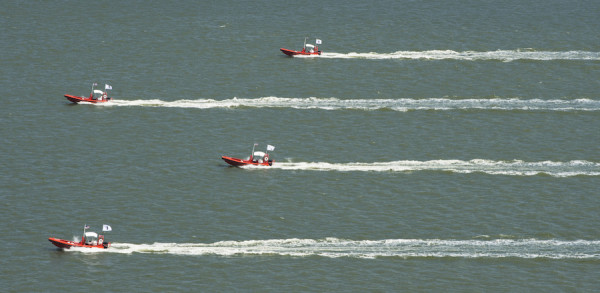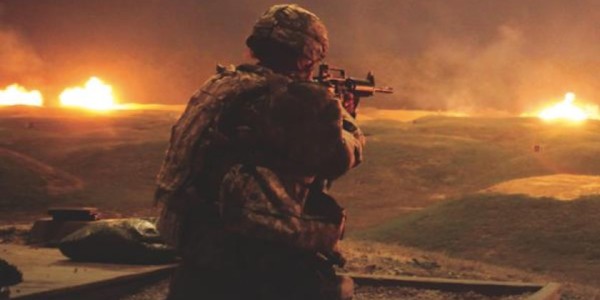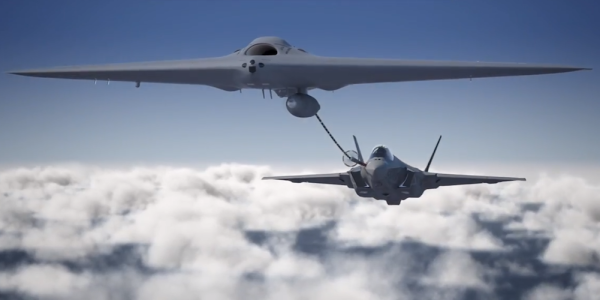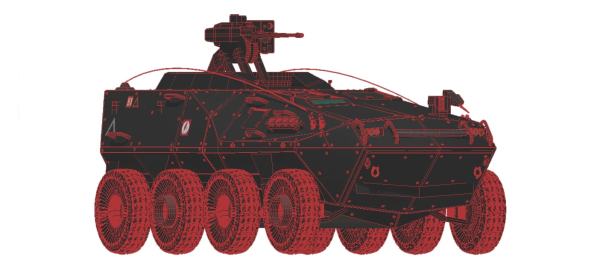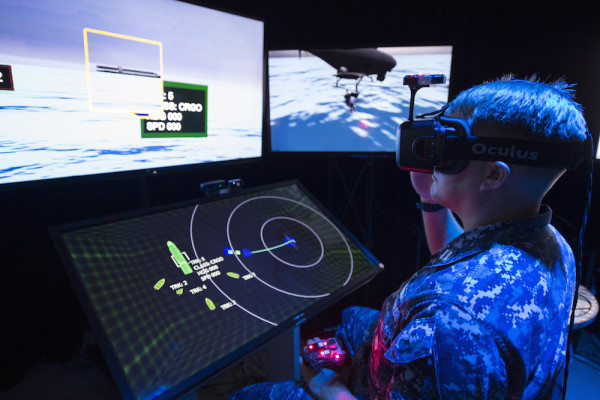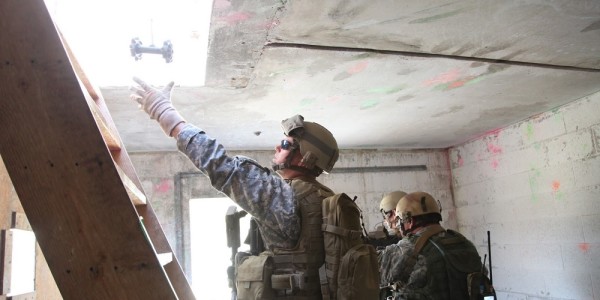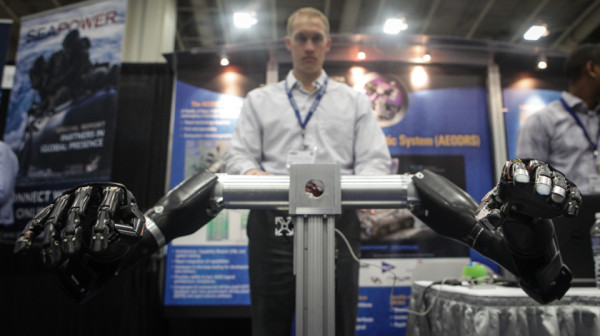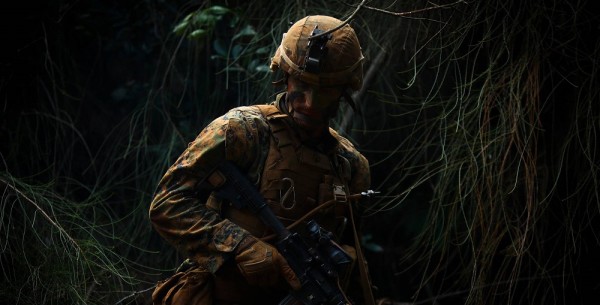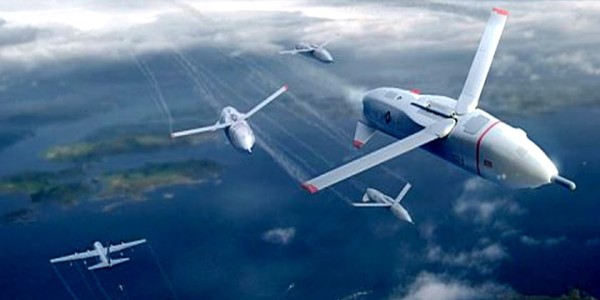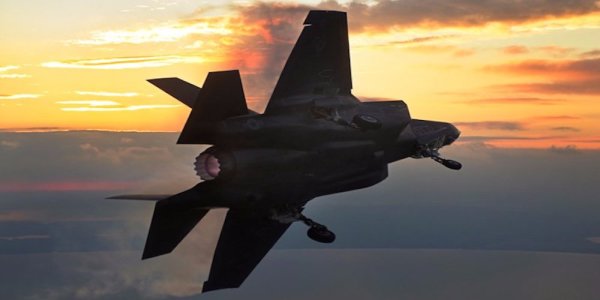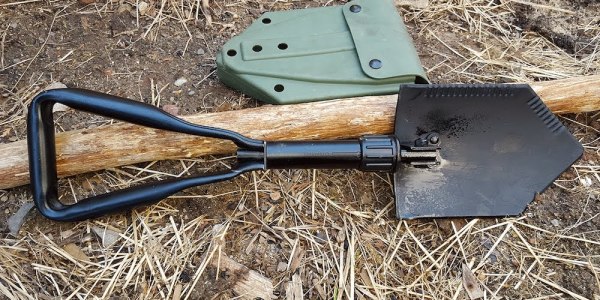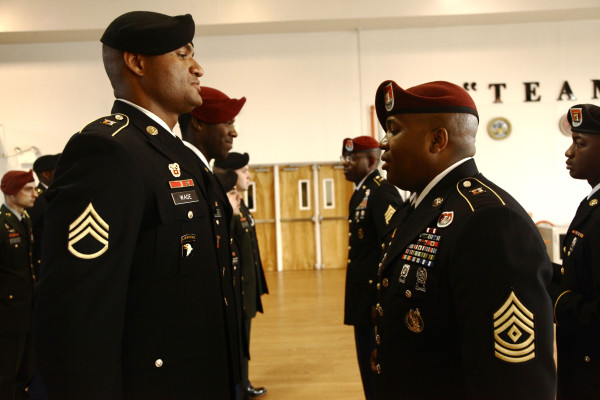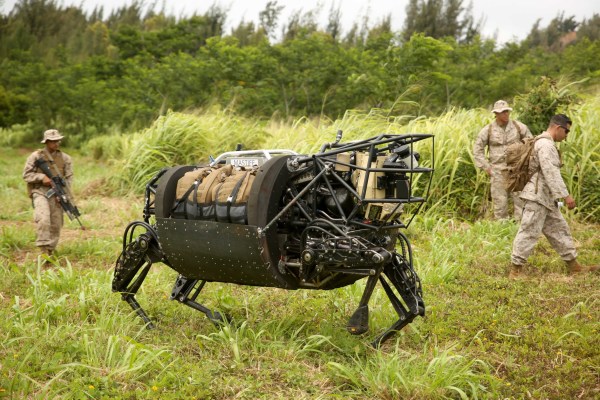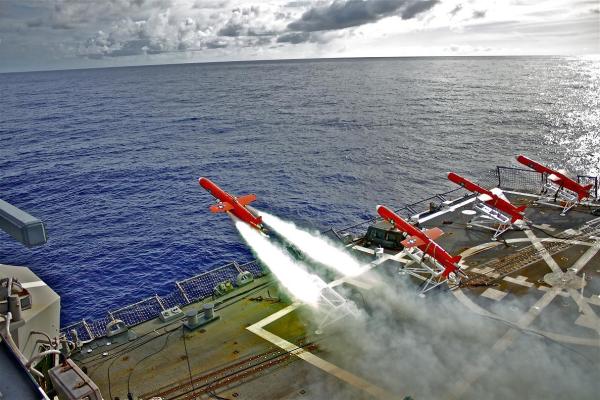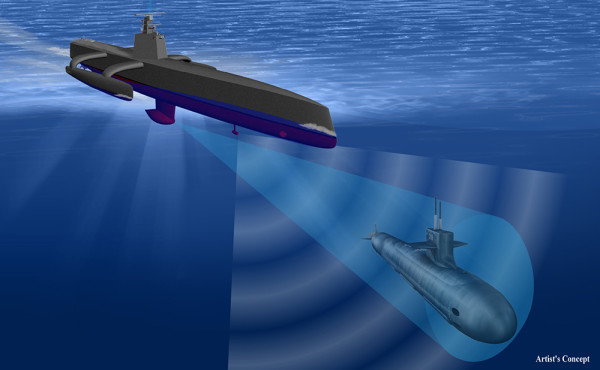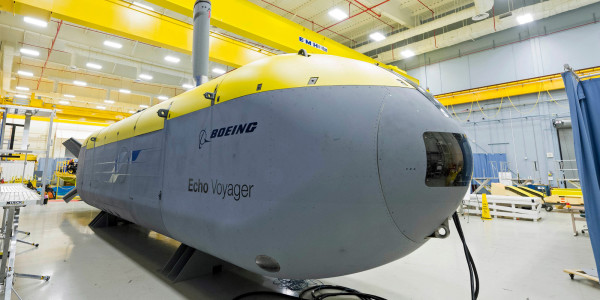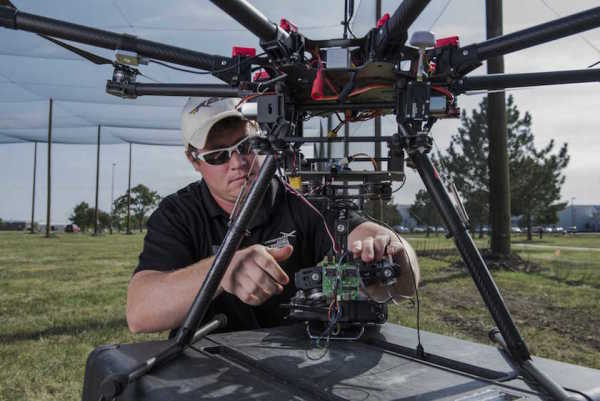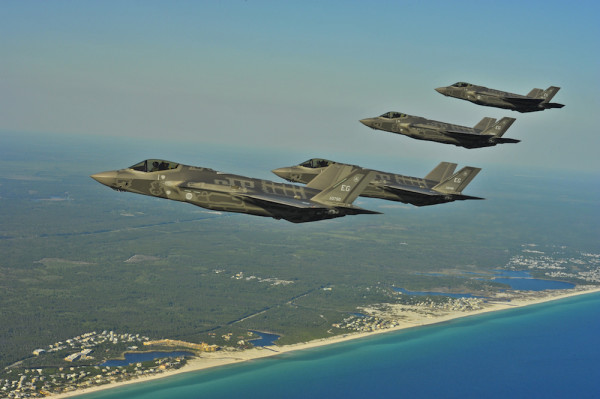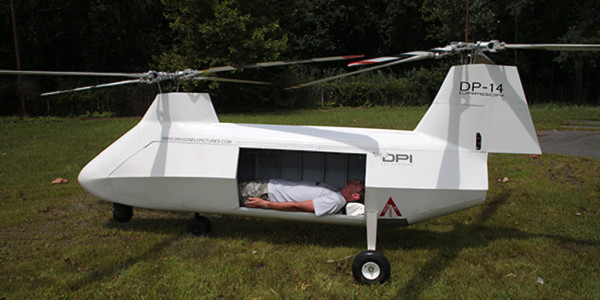The spectacle is mesmerizing: A squadron of 13 small rubber boats moving in perfect synchronicity, turning right or left in unison, maneuvering in a perfect circular formation around a small U.S. Navy vessel. The throttle handles and steering controls move by themselves, like a ghost pilot was at the controls.
Normally a speedboat with a .50 caliber machine gun would not be the most intimidating of vessels, especially compared to the billion-dollar ships of the line that constitute what most people consider warships.
But combine sheer numbers with cutting-edge artificial intelligence, and suddenly small rubber boats can seem far more menacing. The Office of Naval Research’s swarm program, which uses modular kits of sensors, communications, and sophisticated algorithms to convert existing small boats into autonomous drones, seeks to make networks of small craft a key part of fleet security.
The general parameters of the drones mission are set by human operators, but the drone network makes many decisions for itself, and its capable of automatically intercepting targets approaching the area it is set to guard. The technology will not fire on a target without operator approval, so a human presence is always required in the mix. But one person is capable of directing the entire network, greatly reducing the number of personnel needed for security.
Drone technology has come to the fore over the last 20 years, but in some regards the technology is only now growing out of its infancy.
“We’re doing things we never thought possible previously. You look at the stuff on Mars. It’s remarkable,” ONR’s Acting Director of Research Dr. Lawrence Schuette tells Task & Purpose. “What you saw at that demonstration was the culmination of a lot of research, pulling together to show senior leadership in the Navy what the art of the possible really is today. Do I think in 10 to 20 years every fleet will have autonomous systems that have that swarming ability? Absolutely.”
The concept of using swarms of small boats as security rose partly out of fear of a similar threat. On Oct. 12, 2000, Al-Qaeda rammed the Arleigh Burke-class destroyer USS Cole in Aden, Yemen, with a small boat filled with explosives, killing 17 sailors and wounding 39 others.
But beyond terrorist attacks, the threat of small boat tactics by potential enemies such as Iran and China have long concerned the Navy. Iran used a large number of Swedish-built Boghammar patrol boats during the Tanker War episode of the Iran-Iraq War, and U.S. forces sank many of the small craft during escort operations of oil tankers.
The Chinese People’s Liberation Army Navy has invested in large numbers of small attack craft for coastal operations in the South China Sea, which could pose a significant threat to larger surface groups the U.S. Navy usually operates in. The use of fishing boats as proxy units in territorial disputes is another concern considering the potential numbers involved.
Naval doctrine dating back to World War II has been primarily concerned with fleet actions against the Soviet Union during the Cold War, and the rapidly modernizing navy of China. But unconventional operations by both state and non-state actors are threats that traditional anti-ship missiles and torpedoes are ill-equipped to deal with.
The successful demonstration of the swarm project demonstrates a cost-effective way of dealing with those threats. In a stark comparison to the usual billion-dollar weapons programs the Pentagon is known for, swarm conversion kits for existing small boats run as little as $2,000 apiece.
This is not the only system of autonomous drones the Navy has been working on. The MK18 Kingfish is a torpedo-shaped underwater drone that scans for mines, and the Navy has been testing its first unmanned, autonomous combat jet off of aircraft carriers, a demonstration platform that is viewed by some as the future of naval aviation.
“For all the right reasons, the same reason there is an EOD robot instead of a man in the loop, you’re going to want to put an unmanned system out there. If we can get the quantity up, we can put them out there more affordably, we take the warfighter out of the threat zone. It’s just a great way to operate,” Schuette says.
Besides the reductions in risk, there are also the reductions in manpower needs, keeping with the Navy’s trend of using automation to replace living crewmen. An Arleigh Burke-class destroyer has a standard complement of 323. The new Zumwalt class has a crew of less than half that at 158.
If autonomous robot swarms conjure up uncomfortable images of Skynet-like dystopian scenarios, Schuette concedes that drone swarms prosecuting targets independently is prevented only by the organization that deploys them.
“I think it’s just a question of what decade. On the science side of this, what we’re getting to is rules of warfare and culture, if you will, a reluctance to have a Terminator. That is not in our culture, but there is nothing on the science side that would prevent you from doing it.”
Schuette sees this technology being applied to every facet of the military, and points out that networks of underwater research drones are already used for oceanographic studies, often staying out for hundreds of days at a time.
He credits the advances to the ONR system of decentralizing research across military, academia, and industry scientists. But despite the speed of the advances, the wheels of military procurement grind slowly. It could be years before the swarm system becomes standard issue in the Navy.
“We are well before something would actually be fielded to the Navy. Ten years from now, the Navy would introduce something like that in production quantity. We feed into that pipeline. That whole frustrating military acquisition system, we are at the beginning of that chain,” Schuette says.
But within 30 years, Schuette is convinced that autonomous drone swarms are going to be the standard, replacing more and more traditional systems like manned tanks, aircraft, and submarines. The military of the future is going to be primarily a robotic one, with living personnel increasingly operating behind a shield of drones.
According to Schuette, “It is the future of our Navy, Marine Corps, Air Force, and Army.”
